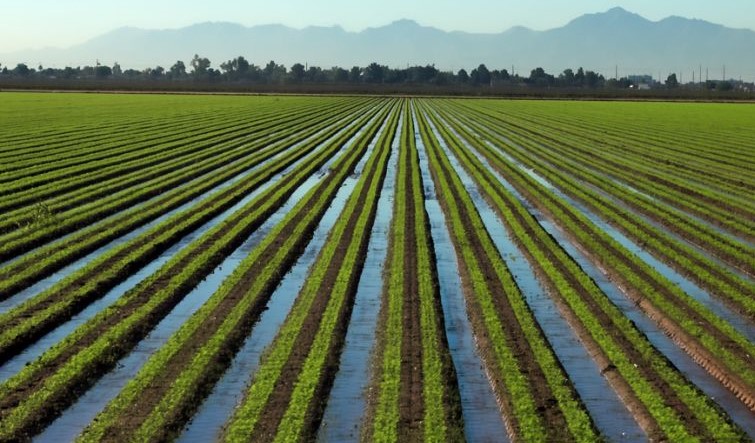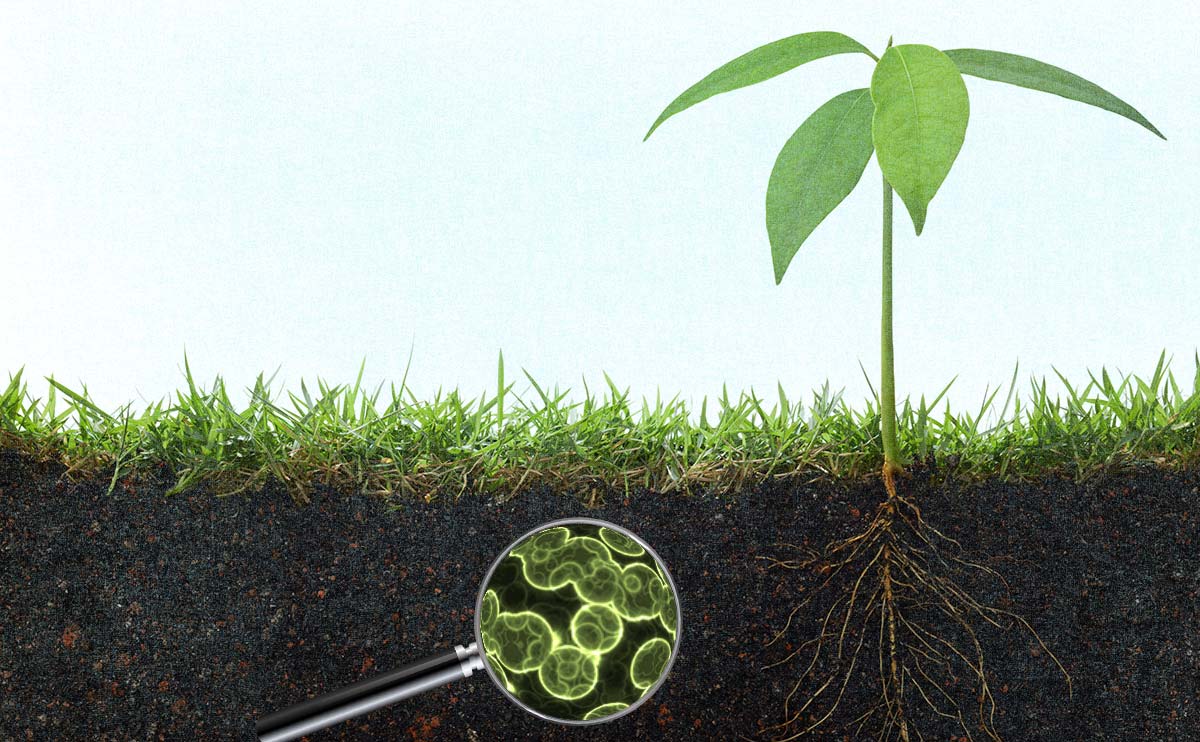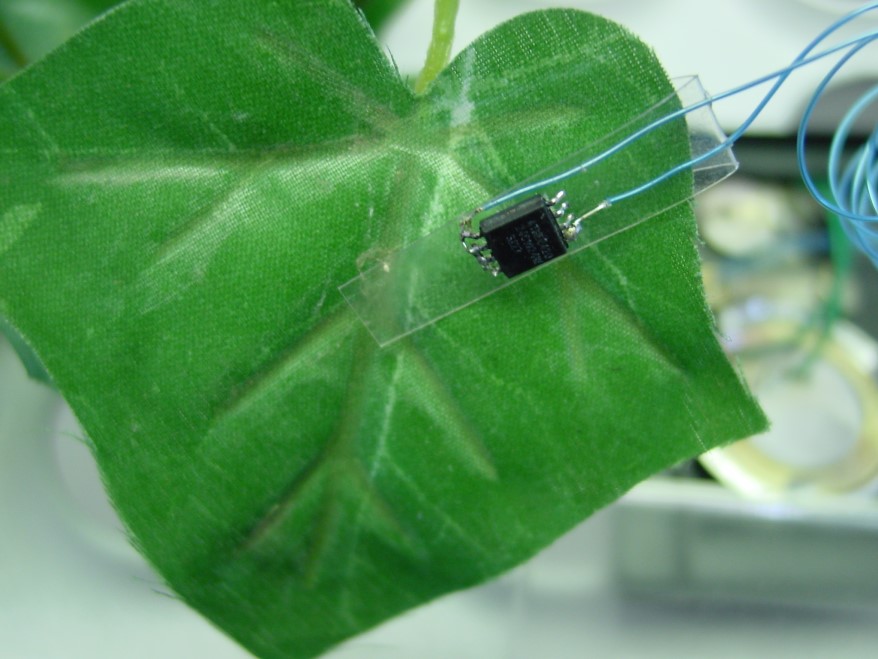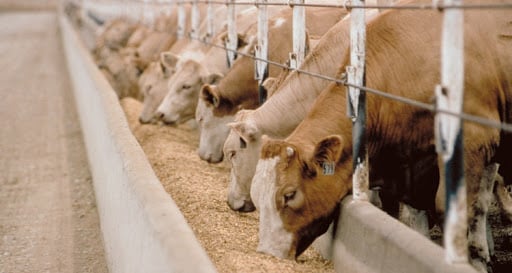Patent MarketPlace: Agricultural Patents for Sale
 Bio-Mass Irrigation Water Retention (Albuainain): International Patent Portfolio
Bio-Mass Irrigation Water Retention (Albuainain): International Patent Portfolio
As droughts and desertification have become more and more common around the globe, the water used to irrigate crops becomes more and more precious. One approach to the more efficient use of water for irrigation is to make sure that the water remains where it is needed – near the roots of the plants and trees being irrigated. Rather than be too close to the surface and evaporate, or too deep into the ground so the roots cannot reach it, irrigation water needs to be exactly where the plant roots can use it.
This international patent portfolio addresses exactly that need by creating an irrigation water-saving device made from 100% agricultural biomass that is from 1-½ to 3 inches in diameter and is buried beneath where the crops, plants, or trees are planted so they will be located just below the source of the irrigation water and the root structure of the plants or trees. Irrigation water that is not automatically absorbed by the plant is absorbed by these biomass cylinders so the water does not evaporate or sink farther down where the roots cannot reach it. Independent testing has shown that these biomass tubes can retain up to three times their weight in irrigation water so a much larger proportion of the irrigated water is used by the plants, reducing the use of water for irrigation by 20% to 30%! By the end of the growing season, the biomass tubes have decomposed into the soil, and new cylinders are laid down before the next planting season.
Patent Portfolio
- U.S. Patent No. 10,334,795: Utilization of irrigation water saver
- China Patent Application 110868847: Utilization of irrigation water saver
- Australia Patent 2017258934: Utilization of irrigation water saver
- India Patent 430878: Utilization of irrigation water saver
- GCC Patent GC0008852: Utilization of irrigation water saver
- Egypt Patent 30280: Utilization of irrigation water saver
This international patent portfolio will enable any provider of agricultural products to offer a very affordable solution for growers to use to dramatically increase the effectiveness of their crop irrigation and increase the amount of land that can be used for growing crops.
 Microbial Soil Activity Assessment (Padova University): International Patent Portfolio
Microbial Soil Activity Assessment (Padova University): International Patent Portfolio
Farmers no longer just plant a crop and hope for the best. Agriculture has evolved to be a highly scientific undertaking, and a critical factor for farmers is the level of microbial activity in the soil in which they will be planting a crop. Knowing if it is the optimal crop for that soil, determining what fertilizers or other treatments may be needed to ensure the success of the crop, and understanding what irrigation, if any, might be needed are all critical factors to bringing in a profitable harvest.
Living microorganisms in nature are the actual mediators of the organic matter mineralization that results in the nutrient turnover that benefits cultivated plants. Soil fertility strictly depends on the promptness at which soil microbes can process organic matter thus liberating the soluble nutrients that will be absorbed by plant roots. Using buried “bait” filaments made of cotton or silk, and recording the change in their tensile strength after an appropriate period of time in the soil, this patented technology can produce accurate data on the state of the soil and possible deficiencies of key nutrients.
Microbial Soil Activity Assessment Portfolio
- U.S. Patent No. 9,753,022: Method and device for assessing the level of microbial activity of soil
- European Patent 2718712: Method and device for assessing the level of microbial activity of soil (valid in Italy, Germany, Spain, France, United Kingdom, Netherlands, and Turkey)
- Italy Patent 20110154: Method and device for the assessment of the level of microbial activity of a substrate and its kit
- Spain Patent 2649390: Method and device to assess the level of soil microbial activity
- China Patent 103733062: For the method and apparatus assessing the microbial activity level of soil
- Japan Patent 6065186: Method and device for assessing microbial activity level in soil
- Canada Patent 2876367: Method and device for assessing the level of microbial activity of soil
- Thailand Patent No. 90332: Method and Device for Assessing the Level of Microbial Activity of Soil.
- Indonesia Patent No. 000047703: Method and Device for Assessing the Level of Microbial Activity of Soil.
- India Patent No. 337719: Method and Device for Assessing the Level of Microbial Activity of Soil.
This portfolio will enable any supplier of agricultural analysis and testing devices to introduce the first kit that gives farmers and other growers the critical data they need to make smart crop-growing decisions.
 Leaf Sensor Monitor: U.S. Patent No. 7,660,698
Leaf Sensor Monitor: U.S. Patent No. 7,660,698
A key element in the growing of crops of any kind – vegetables, fruits, grains, flowers, and others – is proper irrigation. Lack of water is just as harmful to a crop as too much water. Knowing when a crop needs water, so the proper amount of irrigation is supplied, is a key element in maximum crop production. And knowing when to turn off the irrigation is just as important! Also, irrigation is expensive, so precise and accurate irrigation increases crop yield and reduces irrigation costs for the grower.
This patent addresses that critical need by creating a device that clips onto the leaf of a plant. By determining to a very fine measurement the leaf’s density, the device creates an electrical voltage level that corresponds to the leaf’s density. That voltage level is then transmitted to a PC, PDA, cell phone, or other device that reports the leaf density. From the data supplied by the leaf sensor, the crop manager can determine exactly when it is time to irrigate the crop. As the leaf density increases from increased water content in the leaf, the leaf sensor reports that back to the crop manager so he or she knows when to turn off the irrigation. Just one leaf sensor can be used for smaller crops, or several leaf sensors can be disbursed among larger crops.
U.S. Patent No. 7,660,698 for “Phytometric intelligence sensors” would enable a supplier of irrigation equipment, provider of farming and nursery products, environmental instrumentation manufacturer, or cloud agricultural IoT vendor to offer a critical, new product for its customer base. The design and engineering work for a product based on this patent has been done and working product is available, so the acquirer of the patent can go to market with a product very quickly!
 Nutritious, Affordable Animal Feed from Rice Husks (Natural Ventures): U.S. Patent No. 10,939,693
Nutritious, Affordable Animal Feed from Rice Husks (Natural Ventures): U.S. Patent No. 10,939,693
Before we house the 7.8 billion people on the face of the earth, and before we clothe these 7.8 billion people, and before we educate these 7.8 people, we need to feed them. And…we need to feed the farm animals that produce a substantial portion of the food that feeds these 7.8 billion people. In addition to feeding 7.8 billion people every year, we need to produce over 100 billion tons of animal feed each year! That’s 100 billion tons a year, year after year, in addition to feeding 7.8 billion people.
This patent addresses that challenge. It creates animal feed – primarily for cattle and poultry – that is made from rice husks or rice hulls as they are also known. Rice husks are the shells of the rice plant and are the “chaff” of the rice. For years, rice husks were discarded – most often they were burned as wheat chaff is – but rice hulls are used today for fertilizer, insulation, and fuel. This patent covers a process by which rice husks are ground into a powder, then hydrothermally processed under pressure to produce animal feed that is economical, nutritious, and environmentally sustainable. Testing has been conducted (test results are available upon request) confirming the nutritional value of the animal feed produced under this method.
U.S. Patent Application 10,939,693 for a “Method for producing feed from secondary resources from the rice processing industry” is one property in an international patent portfolio. It can enable any producer of animal feed the opportunity to introduce a new product from a unique source.
Patent Brokerage Prospectus: Contact [email protected] to receive an analysis of each portfolio that includes:
- Executive Summary
- Patent Overview and History
- Technology and Investment Summary
- Market Research
- Company Analysis
- Illustrative Evidence of Use (if applicable)
We offer patents in these technologies:
- Agricultural
- Artificial Intelligence
- Automotive/Vehicular
- Aviation
- Banking/Financial Services
- Beverages/Foods/Nutritional Products
- Boat and Marine
- Cannabis and Medical Marijuana
- Construction/Building Trades
- Consumer Electronics
- Consumer Products
- Digital Currency/Cryptocurrency
- Drones/UAVs
- E-Cigarette & Vaping Technology
- E-Commerce
- Education & Training
- Energy/Power Generation
- Health and Beauty Products (HBP)
- Human Resources
- IoT Patents/Internet of Things
- Manufacturing
- Medical Electronics and Devices
- Mining/Drilling
- Mobile/Wireless
- Network/Location-Based Services
- Optics/Displays/Video/LED
- OTT Patents/Over-the-Top
- Packaging
- PCs and Notebooks
- Pharmaceuticals
- Robotics/Automation
- Semiconductor
- Shoe & Apparel
- Smart Home/Smart Office
- Social Media
- Software, Apps, and Architecture
- Sports/Sporting Goods
- Telecommunications/IP Telephony
- Warehousing/Material Handling
- Other
- Go to Patent Index
- Return to Patent MarketPlace




